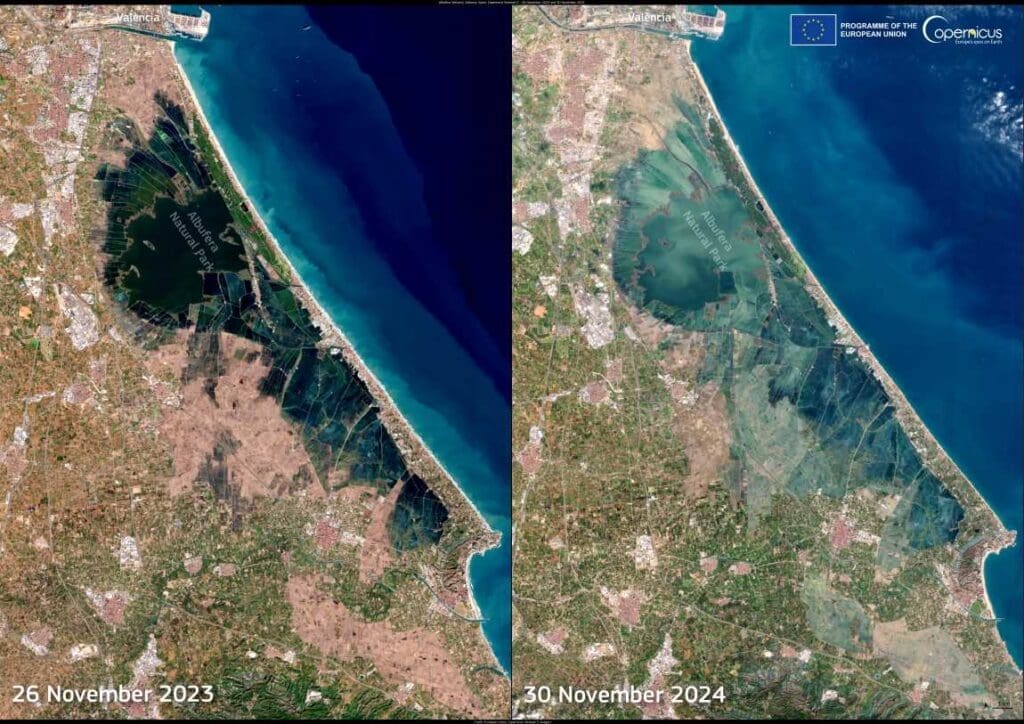Global climate models are pivotal for predicting our planet’s future. Researchers worldwide continuously refine these models, using extensive observational data to better understand Earth’s climate over the next century. But which models provide the most accurate predictions, and are some outcomes more plausible than previously believed?
A team of scientists from École Polytechnique Fédérale de Lausanne (EPFL), Switzerland, has developed a rating system to evaluate the plausibility of climate model predictions, including those presented in the recent Intergovernmental Panel on Climate Change (IPCC) report.
Their analysis shows a striking range of outcomes: while one-third of the models appear to struggle in reproducing sea surface temperature data accurately, another third robustly predicts moderate warming. However, the final third paints a grimmer picture, with high sensitivity to carbon emissions suggesting a significantly hotter future.
This study, published in Nature Communications, raises the alarm on how climate sensitivity might be more severe than anticipated.
According to Athanasios Nenes, professor at EPFL’s Laboratory of Atmospheric Processes and their Impacts and author of the study, the findings indicate that models predicting a warmer future due to increased carbon sensitivity are not only plausible but should be taken seriously.
“We show that the carbon sensitive models, the ones that predict much stronger heating than the most probable IPCC estimate, are plausible and should be taken seriously,” said Nenes. His co-author, Lucile Ricard, echoed this concern: “In other words, the current measures to reduce carbon emissions, which are based on lower carbon sensitivity estimates, may not be enough to curb a catastrophically hot future.”
The EPFL team created a tool called netCS to classify climate models more effectively, synthesizing outputs and comparing them against observational data.
By leveraging machine learning, netCS can analyze extensive datasets, helping scientists determine which models are most accurate based on current climate observations. This innovative approach, as Ricard explains, complements traditional evaluations based on historical and paleoclimate records, such as those included in the IPCC’s 2021 AR6 report. “Our model rating is a novel type of model evaluation, and highly complements those obtained from historical records, paleoclimate records and process understanding,” Ricard noted.
Nenes, who has been invited to participate in the IPCC’s upcoming AR7 scoping meeting, shares a personal perspective on the shifting climate. He recalls a summer in Athens nearly three decades ago, where temperatures ranging from 33 to 36 degrees Celsius were considered record-breaking.
Now, Greece often endures summer temperatures exceeding 40 degrees Celsius, with devastating consequences such as forest fires engulfing urban areas. “The planet is literally burning,” Nenes stated. “Temperatures worldwide are consecutively, year after year, breaking records with all of its consequences.”
In reflecting on his role as a climate scientist, Nenes likens the field to Cassandra from Greek mythology, doomed to foresee disaster yet ignored. He emphasizes that the inertia surrounding climate action should serve as a motivator rather than a deterrent. “We have to collectively wake up and really address climate change, because it may be accelerating much more than what we thought,” he warned.
Journal Reference:
Ricard, L., Falasca, F., Runge, J., & Nenes A., ‘network-based constraint to evaluate climate sensitivity’, Nature Communications 15, 6942 (2024). DOI: 10.1038/s41467-024-50813-z
Article Source:
Press Release/Material by École Polytechnique Fédérale de Lausanne (EPFL)
Featured image credit: Arek Socha | Pixabay




